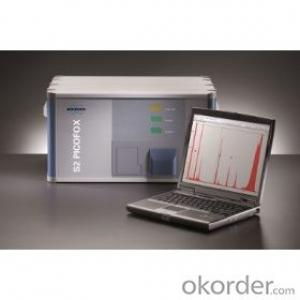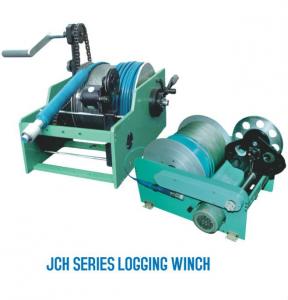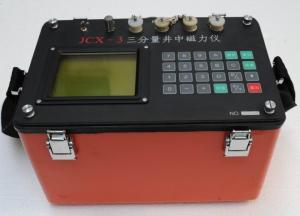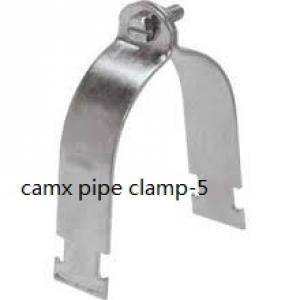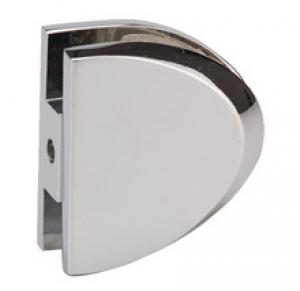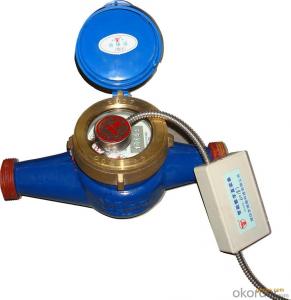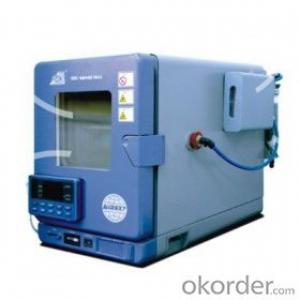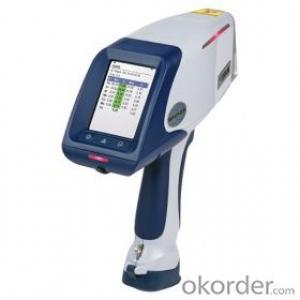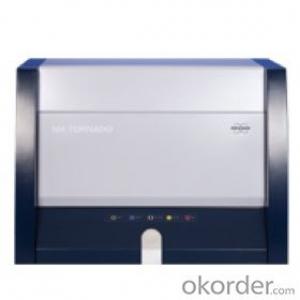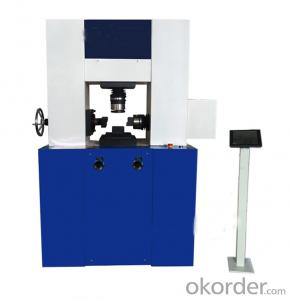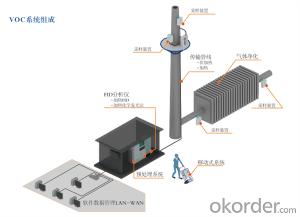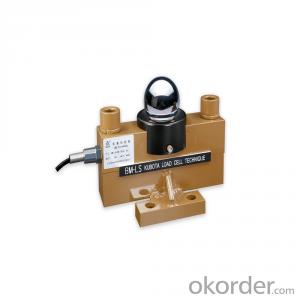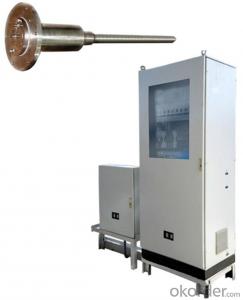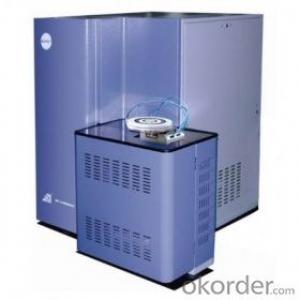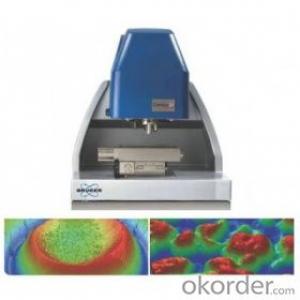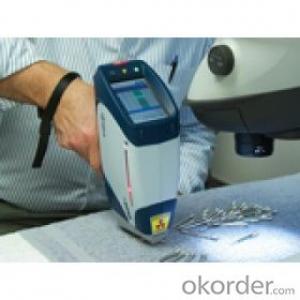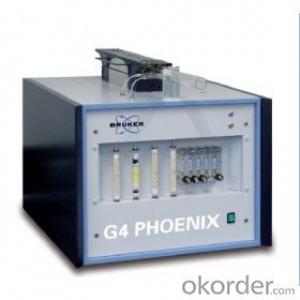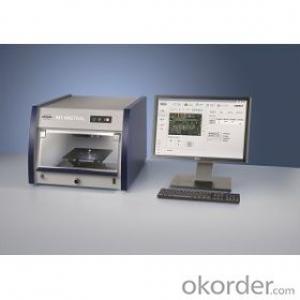Heavy metal content tester
- Loading Port:
- China Main Port
- Payment Terms:
- TT OR LC
- Min Order Qty:
- -
- Supply Capability:
- -
OKorder Service Pledge
OKorder Financial Service
You Might Also Like
Heavy metal content tester
Total reflection X-ray fluorescence works (TXRF)
Principle of X-ray fluorescence spectrometry (XRF): the atomic level by the original X-ray excitation, the issue of secondary X-ray fluorescence. Therefore, XRF analysis can:
According to the fluorescence wavelength and energy, to determine the element;
The concentration of each element can be calculated based on the intensity of fluorescence.
X-rays by a Mo target or W target produced in Ni / C multilayer film reflective artificial and monochromatic. Flat beam with a very small angle (0.3 - 0.6 °) grazing the sample holder containing the sample, and total reflection occurs. Characteristic fluorescence generated by the sample is energy dispersive detector (XFlash® detector) to detect, by coupling the strength of a multichannel analyzer measurement.
The biggest difference conventional XRF, total reflection fluorescence (TXRF) is the use of monochromatic light and the total reflection optical member. In the total reflection beam irradiated samples, reducing the absorption, and the sample and light scattering substrate materials. The result is greatly reduced background noise, and therefore there is a much higher sensitivity and significantly reducing the matrix effect.
Total internal reflection fluorescence (TXRF) The main advantage is that, compared to other atomic spectroscopy methods such as AAS or ICP-OES, no memory effect.
Total reflection fluorescence analysis, the sample can be prepared in a total reflection X-ray sample holder. Therefore, the sample holder diameter 30mm, typically of acrylic material or quartz glass.
Liquid sample directly onto the sample holder, typically using a micropipette transfer pipette a few microliters (μl) of test solution to the sample holder. Then evaporated and dried in an oven or a desiccator.
Solid sample, different sample preparation methods. Powder samples (suspended matter, soil, minerals, metals, pigments, biological samples, etc.) can be placed directly on the sample holder with the sample measured directly. A typical approach is to use a spoon or airlaid transfer several micrograms (μg) of the sample to the sample holder.
Single small sample (particles, slivers, etc.) can also be prepared directly by methods analogous sample.
In addition, the powder sample may be a volatile solvent such as acetone or methanol to prepare a suspension, suspension was pipetted into a sample holder, microwave digestion methods may also be used.
Main features:
Main technical characteristics
Available for solids, powders, liquids, suspensions, filter material, airborne particulates, such as film samples for qualitative and quantitative analysis of a range of elements 13Al-92U, content range ppb to 100%, the detection limit to 2pg.
Require less sample, less than 10 micrograms of suspended solids in liquids and 1-50 microliters of sample powder samples.
Unique portable total reflection fluorescence analyzer, equipment compact, integrated design, without any auxiliary equipment and gas, liquid nitrogen, etc., can get a site analysis.
1 and 25 automatic injector two designs were applied to a fully automatic analysis of small samples and large numbers of samples per day.
XFlash®SDD fourth generation silicon drift detector, using a Peltier cooling technology, no nitrogen, no consumption. Resolution better than 160eV at MnKa 100Kcps.
Due to the total reflection no background fluorescence intensity is directly proportional to the element content. Factories have been calibrated standard curve, users do not need standard quantitative analysis can be carried out.
Applications: water, wastewater, soil pollution elements; food, medicine, forensic, environmental protection, ceramics, cement, building materials, geology; blood, urine, tissue toxic elements.
- Q:Major of Applied Chemistry has two directions: fine chemical and instrumental analysis. Which one should be chosen?
- Fine chemical industry is too wide, I do not know what you want to test the school expertise. I think this must be made clear. To give you an example: Fine Chemical big is the study of dye intermediates, fine chemicals of Tianjin University of Science and Technology is the study of the extraction of natural substances, so to see you for the resources of the school and teachers and.
- Q:What are the modes of calibration for measuring instruments?
- Generally these are the calibration, but there are some calibration, individuals do not have professional things, not good to do, are sent to the maintenance of local calibrationBefore the start of the project, the instruments need to be calibrated and qualified reports from relevant departments can be put into use. The average time of validity is 1 years
- Q:The automatic biochemical analyzer belongs to several kinds of medical instruments
- Biochemical analysis systemAutomatic biochemical analyzer, automatic fast (dry) biochemical analyzer, automatic multi electrolyte analyzer, semi-automatic biochemical analyzer, semi-automatic single / multiple electrolyte analyzer
- Q:What acne removal instrument is better to use?
- Usually must pay attention to the face clean, strong Cleansing Cream with some cleaning, after washing the face must rub moisturizing cream, acne and one of the reasons is the skin oil, skin oil because the skin dry, so we must do a good job moisturizing and replenishment.
- Q:With regard to the inspection of petroleum products, which one of the analytical instruments is of good quality?
- Best to go a few large oil products inspection units, research, and then make a decision.
- Q:Spectral analyzer to do CCD pass, however
- (1) the high stability X ray source provides the required X ray, changes the X ray tube anode target material, can change the X ray wavelength, adjusts the anode voltage, can control the intensity of X ray source. (2) the adjusting mechanism of sample and sample orientation shall be a single crystal, powder, polycrystalline or microcrystalline solid block. (3) the X-ray detector detects the diffraction intensity or simultaneously detects the diffraction direction. By means of an instrument, a recording system or a computer processing system, the polycrystal diffraction pattern data can be obtained. (4) the image analysis and processing system, modern X ray diffractometer, are equipped with a special diffraction pattern processing and analysis software system, they are characterized by automation and intelligence. X X ray fluorescence ray fluorescence substance by primary X rays or other radiation photon source, X ray produced by the secondary shock phenomenon.
- Q:What is the difference between oscilloscope CAN protocol decoding and CAN analysis instrument?
- First of all, oscilloscope as a lower computer display, the content of the display is limited and incomplete, and its decoding is only as a basis for comparative decoding analysis, not enough, can only meet the basic needs.
- Q:What kind of analytical instruments do steel enterprises use?
- In China, the test instrument network has seen the wood reinforced bar testing instrument, the analysis instrument that you said should be those steel tensile and bending tensile test machine.
- Q:What's the difference between a logical analyzer and a virtual oscilloscope?
- 20M desktop analog oscilloscope bandwidth slightly low, the general application is enough, but the application of high frequency will have defects, but not memory retention, not easy to analyze the signal, so if there is a meter, a virtual oscilloscope is not redundant!
- Q:When total station instrument coordinates setting out, do not input angle instrument, high-energy lofting?
- Generally, there are two methods for layout: polar setting out and rectangular coordinate setting out. With the rectangular coordinate setting out, no rear view azimuth can be obtained. As long as the coordinate of the station and the coordinate of the back view are input, the instrument can automatically obtain the back azimuth; the same can be obtained with the forward azimuth angle. If you enter the Total Station Road lofting program, you need to enter the known data into the instrument.
1. Manufacturer Overview |
|
|---|---|
| Location | |
| Year Established | |
| Annual Output Value | |
| Main Markets | |
| Company Certifications | |
2. Manufacturer Certificates |
|
|---|---|
| a) Certification Name | |
| Range | |
| Reference | |
| Validity Period | |
3. Manufacturer Capability |
|
|---|---|
| a)Trade Capacity | |
| Nearest Port | |
| Export Percentage | |
| No.of Employees in Trade Department | |
| Language Spoken: | |
| b)Factory Information | |
| Factory Size: | |
| No. of Production Lines | |
| Contract Manufacturing | |
| Product Price Range | |
Send your message to us
Heavy metal content tester
- Loading Port:
- China Main Port
- Payment Terms:
- TT OR LC
- Min Order Qty:
- -
- Supply Capability:
- -
OKorder Service Pledge
OKorder Financial Service
Similar products
New products
Hot products
Hot Searches
